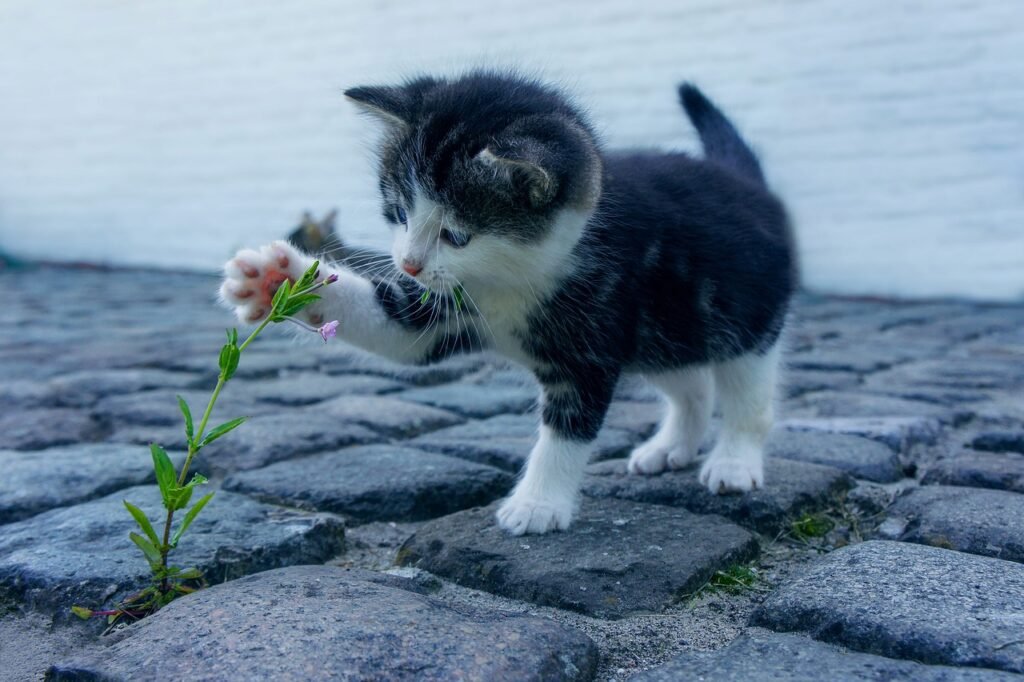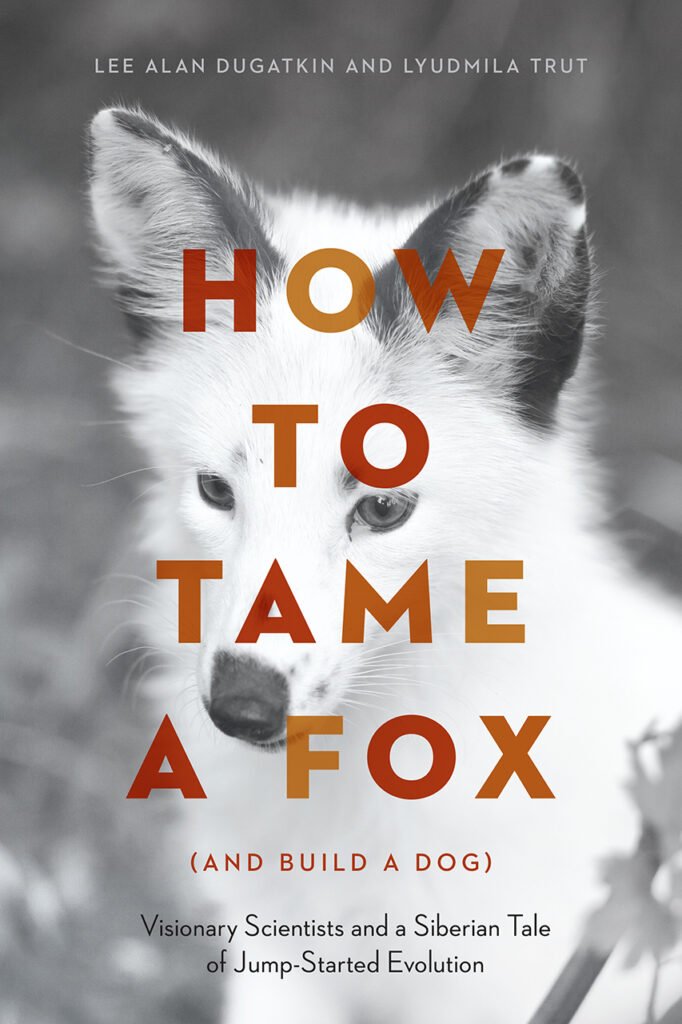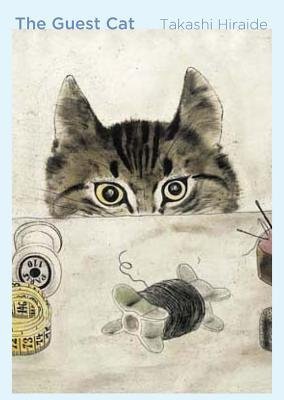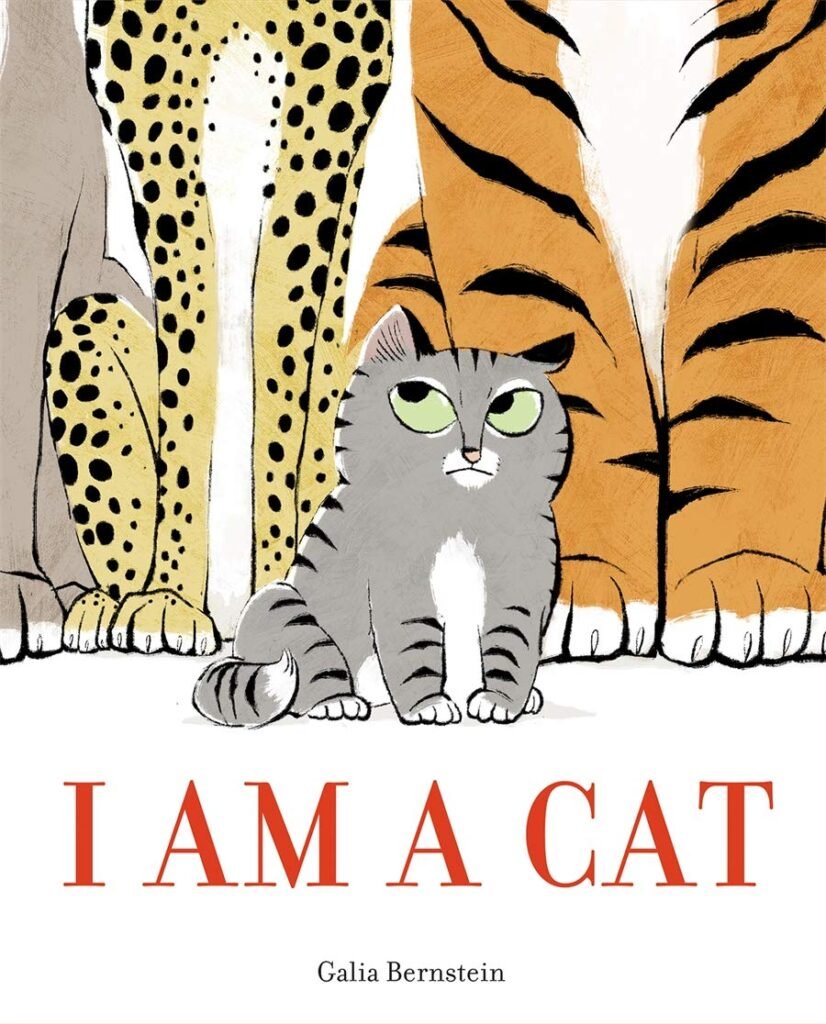by Public Service Associate Autumn

In late 2015, several news outlets, including USA Today, announced scientists had determined that if housecats were larger, they would kill and eat their human companions. A nice, snappy headline, but strictly speaking not true. The actual study1 does not say that our beloved kitties are just waiting for their moment to strike. It just says that personality-wise, a cat is a cat, whether they’re hunting the laser you point for them or stalking prey across the African Savannah. This was probably obvious to anyone who has seen photos of jaguars, tigers or pumas sitting in cardboard boxes. Or this lion sitting in a wheelbarrow. I should acknowledge here that I am not an ailurophile (a lover of cats). I have dogs. However, August 8th is International Cat Day, and we here at the library do not want to make our individual cat overlords unhappy by not acknowledging it.
Cats are everywhere. In our homes, around our neighborhoods and all over the internet. Some thirty-two million households have cats2 and on YouTube alone, there are several million cat videos. More tellingly, perhaps, it is estimated that a good fifteen percent of internet searches at any given point are cat-related3. Perhaps this is cats just getting their due; a modern homage worthy of the ancient Egyptians. Despite their rampant popularity (which is superseded only by dogs, a much better pet), cats are a bit odd among the pantheon of domesticated animals. Unlike dogs, and even pigs and cows, cats differ little both genetically and physiologically from their direct wild ancestor, the African Wildcat. Most domestic cats, those that do not belong to a very specific breed like the Siamese, only have a handful of modified genes when compared to the African Wildcat. They are still roughly the same size, shape and coloration. Not a lot of curly tails or floppy ears here. This semi-domestication even shows up in the age that kittens need to be socialized to ensure they are friendly to most humans. Ideally, they are first held between four and eight weeks old. A kitten not acclimatized to people until after ten weeks is completely unfriendly to people. And this is despite being a domesticated creature.
There is some debate over why cats never became domesticated in the same way that dogs or pigs were. The most popular theory on cat domestication is that cats were drawn to human settlements by pests that ate human food, and that with time, they acclimated to humans and started changing. Those cats most tolerant of humans would linger the longest before being scared off, allowing them more food and making them more likely to successfully raise kittens, who would then also be highly human tolerant. But because they started as pest control, cats never needed to work as closely with humans as dogs did, nor needed to be made as manageable as cow or pigs. So that final step, that would make cats nearly completely dependent on humans, never happened4. A minor issue with this theory, however, is that several studies have found modern feral domestic cats to be ineffective ratters at best. In two separate studies, both actually looking at rat populations and not focused on the cats, these feral cats very rarely actually hunted rats5. This is not to say cats could not have been drawn by the abundance of prey around human settlements, just that maybe they were not very useful to their human neighbors at the time.
Even more interestingly, a recent study examined how well humans and cats can communicate. Specifically, how often people can identify the context of various cat meows. Were the cats being fed, being pet or having their fur stroked the wrong way when their sound was recorded? Despite cats being able to make a large variety of meows, the study participants could only guess correctly twenty seven percent of the time. Well, with one exception. An individual cat’s owner could correctly say what that cat wanted sixty percent of the time, when listening to their meow. In contrast, a similar study showed that most people listening to a dog bark can tell its context. This study indicates that, while there seems to be no universal cat language, cats and their humans develop their own private communication. Which is about as adorable as watching a kitten knead in their sleep.
Whatever their origins and however they sound, cats have clearly become beloved as internet stars and as lap warmers. So, in celebration of these weird and wonderful bundles of fur that people insist on feeding, pet your cats (or daydream about getting one), and read a cat related book. As with the internet, the library is full of kitties waiting to teach you, entertain you and warm your heart. There are so many, that I’ve broken my recommendations down into different groups.
Scientific Books




- The Cat’s Meow: How Cats Evolved from the Savanna to Your Sofa by Jonathan B. Losos | print
- The Lion in the Living Room: How House Cats Tamed Us and Took Over the World by Abigail Tucker | print / Libby
- How to Tame a Fox (and Build a Dog): Visionary Scientists and a Siberian Tale of Jump-Started Evolution by Lee Alan Dugatkin and Lyudmila Trut | print
- Decoding Your Cat: The Ultimate Experts Explain Common Cat Behaviors and Reveal How to Prevent or Change Unwanted Ones by American College of Veterinary Behaviorists | print
Fiction Novels with Cats




- The Guest Cat by Takashi Hiraide | print / Libby
- I Am a Cat by Soseki Natsume | print / Libby
- Blacksad by Juan Díaz Canales | print / Libby
- The Cats of Ulthar by H.P. Lovecraft | print / Libby
Movies with Cats




- A Street Cat Named Bob dir. by Roger Spottiswoode | dvd / Hoopla
- Kedi dir. by Ceyda Torun | dvd
- The Rabbi’s Cat dir. by Joann Sfar and Antoine Delesvaux | dvd / Hoopla
- That Darn Cat! dir. by Robert Stevenson | dvd
Kid’s Books




- I Am a Cat by Galia Bernstein | print
- Pete the Cat and the Itsy Bitsy Spider by James Dean | print / Libby
- Warriors: Into the Wild by Erin Hunter | print / Libby
- Pounce by Seth Casteel | print
2According to the American Veterinary Medical Association
3How Much of the World’s Data Is Cat Content?
4This might change in specific cat breeds like the Siamese or the Persian, as their genetic lines are being tampered with to a greater degree by humans.
5To make these numbers clear here, one of the studies showed that, out of 259 instances where cats appear with rats, only twenty pursuits and two kills were recorded.